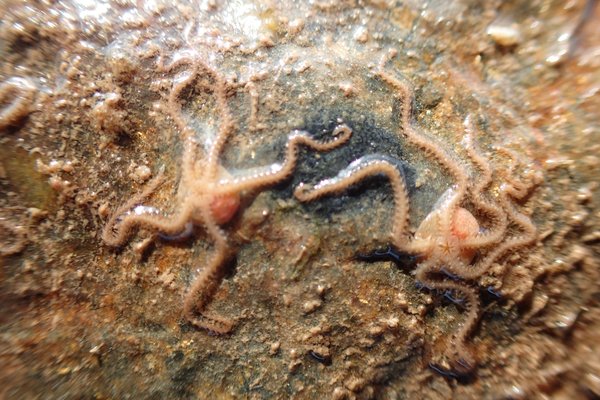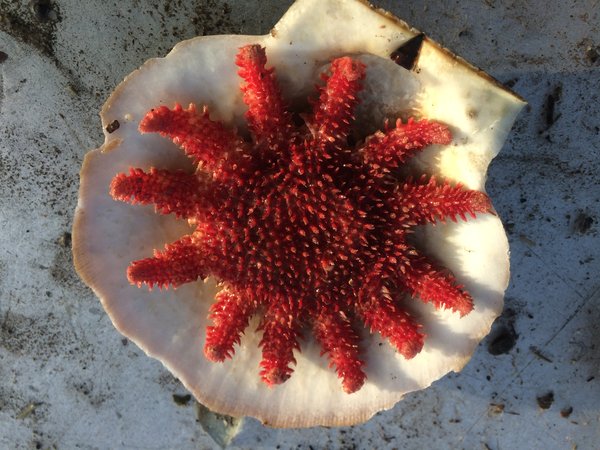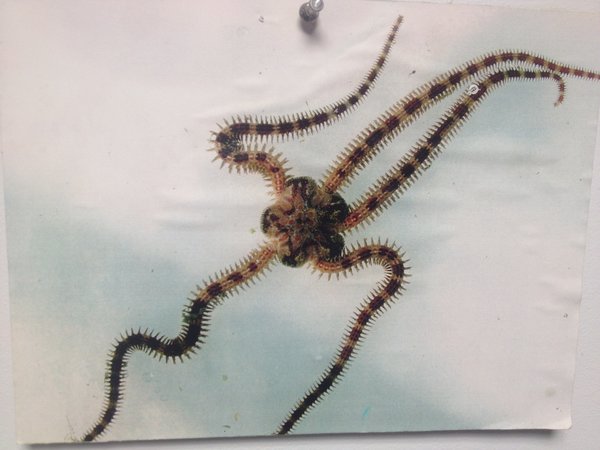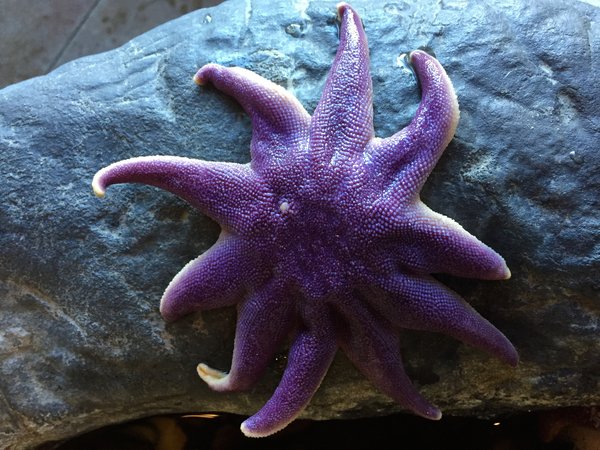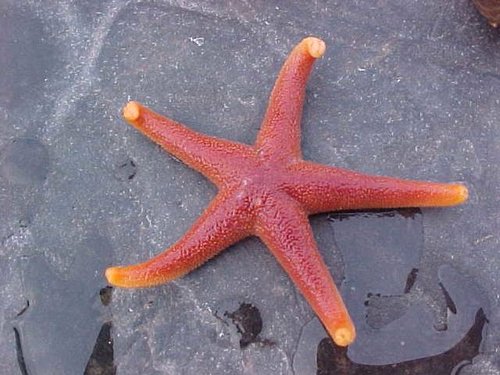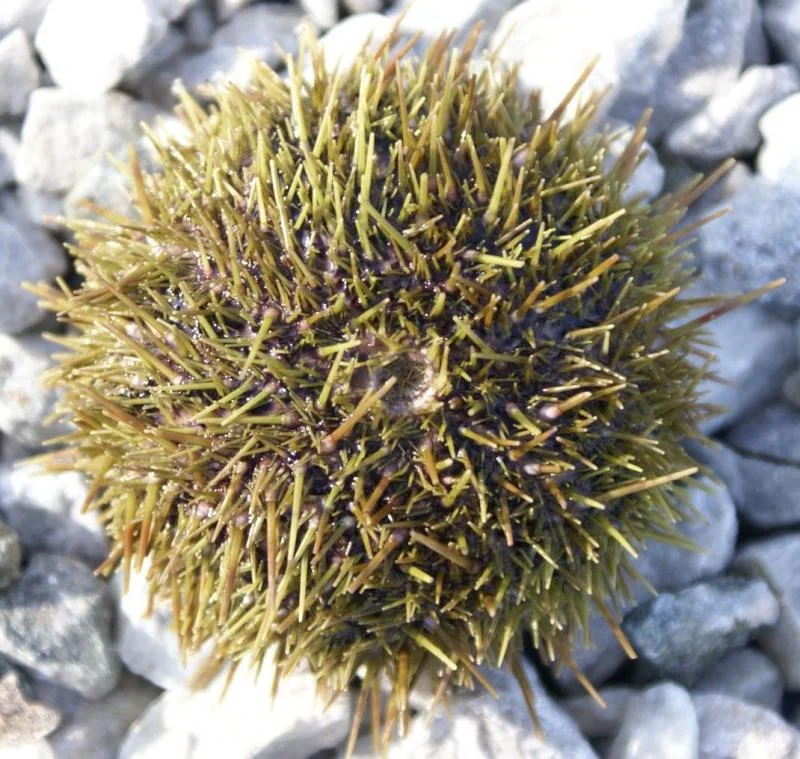 Image 1 of 6
Image 1 of 6

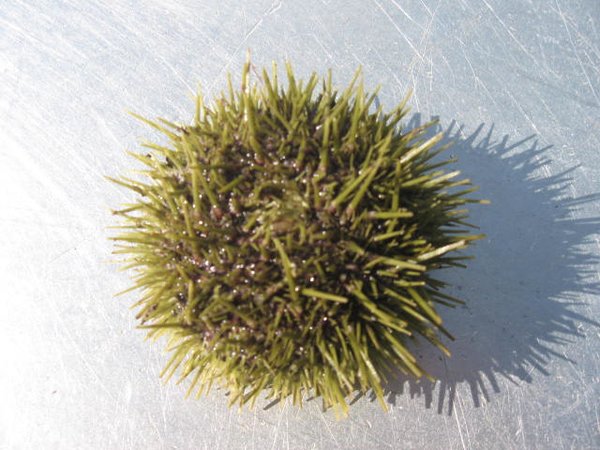 Image 2 of 6
Image 2 of 6

 Image 3 of 6
Image 3 of 6

 Image 4 of 6
Image 4 of 6

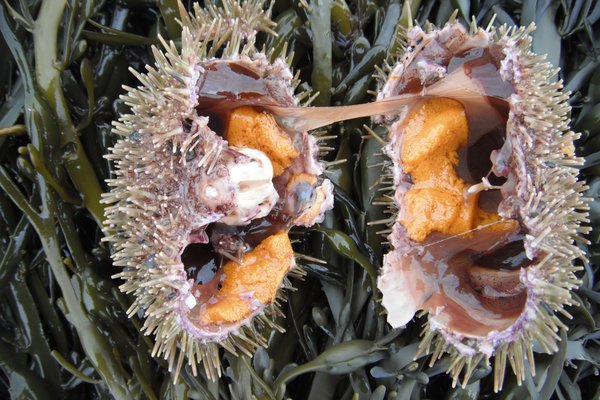 Image 5 of 6
Image 5 of 6

 Image 6 of 6
Image 6 of 6







Green Sea Urchin (Strongylocentrotus droebachiensis)
Common name: green sea urchin
Scientific name: Strongylocentrotus droebachiensis
Locations: shallow waters of the coast, attached to rocks, in cracks and crevices
Seasonality: available all year
Color: purple
Size: 3” - 5”
Collected: by hand
Quantity: sold by the each
Common name: green sea urchin
Scientific name: Strongylocentrotus droebachiensis
Locations: shallow waters of the coast, attached to rocks, in cracks and crevices
Seasonality: available all year
Color: purple
Size: 3” - 5”
Collected: by hand
Quantity: sold by the each
Common name: green sea urchin
Scientific name: Strongylocentrotus droebachiensis
Locations: shallow waters of the coast, attached to rocks, in cracks and crevices
Seasonality: available all year
Color: purple
Size: 3” - 5”
Collected: by hand
Quantity: sold by the each
Learn about green sea urchins and what happens to them when they are left on the beach as the tide goes out! Tidepool Tim discovers a recently eaten sea urchin and takes some time to explain what happened...
Tidepool Tim says, “Urchins are usually nestled up to a rock, or feasting on seaweed in packs! They can be found in cold regions of the Atlantic and Pacific Oceans. In New England, they are found as far south as Cape Cod, Massachusetts. They are quite active, moving around on their short, sharp spines and hundreds of tube feet on their underside. If you pick up discarded exoskeleton (maybe left over from a seabird’s lunch) you have noticed a circular opening at the center of its underside. This is where the creatures mouth and five teeth are located. They crawl along the ocean floor and scrape up fine algae, also feeding on seaweeds (macroalgae).”

